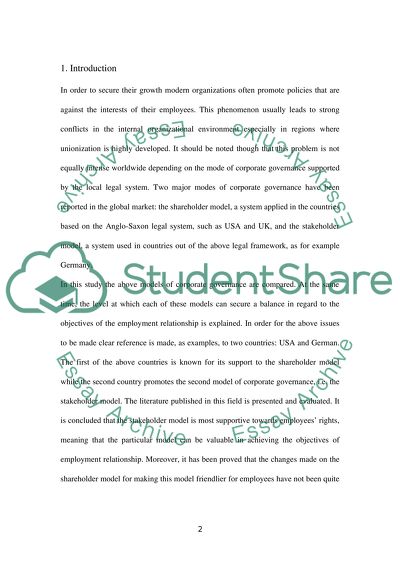Cite this document
(“Compare the shareholder and stakeholder models of corporate Essay”, n.d.)
Retrieved from https://studentshare.org/human-resources/1651361-compare-the-shareholder-and-stakeholder-models-of-corporate-governance-which-one-strikes-a-better-balance-between-the-objectives-of-the-employment-relationship-discuss-with-reference-to-two-countries-of-your-choice
Retrieved from https://studentshare.org/human-resources/1651361-compare-the-shareholder-and-stakeholder-models-of-corporate-governance-which-one-strikes-a-better-balance-between-the-objectives-of-the-employment-relationship-discuss-with-reference-to-two-countries-of-your-choice
(Compare the Shareholder and Stakeholder Models of Corporate Essay)
https://studentshare.org/human-resources/1651361-compare-the-shareholder-and-stakeholder-models-of-corporate-governance-which-one-strikes-a-better-balance-between-the-objectives-of-the-employment-relationship-discuss-with-reference-to-two-countries-of-your-choice.
https://studentshare.org/human-resources/1651361-compare-the-shareholder-and-stakeholder-models-of-corporate-governance-which-one-strikes-a-better-balance-between-the-objectives-of-the-employment-relationship-discuss-with-reference-to-two-countries-of-your-choice.
“Compare the Shareholder and Stakeholder Models of Corporate Essay”, n.d. https://studentshare.org/human-resources/1651361-compare-the-shareholder-and-stakeholder-models-of-corporate-governance-which-one-strikes-a-better-balance-between-the-objectives-of-the-employment-relationship-discuss-with-reference-to-two-countries-of-your-choice.


